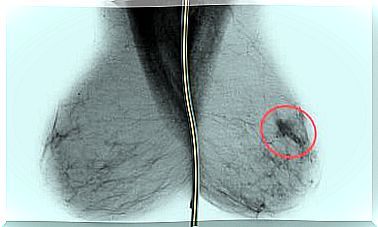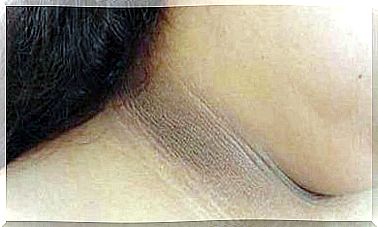Antimicrobials: What Are They For?
Antimicrobials are drugs that have the ability to stop or inhibit the growth of different microorganisms. Depending on the type of microorganism in question, one or the other will be effective. In this sense, we can find different effective antimicrobials against bacteria, fungi or parasites.
Throughout the article we will see what the different types of antimicrobials are for and what their main characteristics are.
Antimicrobial type

These drugs can be classified based on two aspects:
- The mechanism of action.
- The type of microbe.
Classification of antimicrobials according to their mechanism of action.
From this first classification according to the mechanism of action, the following antimicrobials can be differentiated:
- Sterilizers.
- Disinfectants
- Antiseptics or chemotherapy.
Sterilizers
Sterilizing agents are those substances that are capable of producing both the death and total inactivation of any type of microorganism. Two of the best known sterilants are glutaraldehyde and ethylene oxide.
On the other hand, it should be mentioned that there are also physical procedures such as heat, filtration and ionizing radiation that are used for this purpose.
Disinfectants
The use of disinfectants is intended to eliminate microorganisms from inert materials, due to the toxic effects that they usually have on living tissues. Among the most used are alcohol and compounds with iodine such as the famous Betadine.
It is important to differentiate sterilization from disinfection. Unlike the first term, antimicrobial disinfecting agents are not capable of completely eliminating microorganisms.
Antiseptics or chemotherapy
One of the differences between the two substances is that antiseptics are applied directly to damaged tissues to prevent the growth of microbes. In contrast, chemotherapy drugs are administered intravenously.
Classification of antimicrobials according to the type of microbe
The antimicrobials are then classified according to the microbe on which they are effective. In this sense, we can differentiate the following:
Antibiotics

The term antibiotic refers to chemical substances produced by a living being, or synthetic derivatives thereof, that kill or prevent the growth of certain classes of sensitive microorganisms.
As their name suggests, they are used to treat infections caused by bacteria. They are drugs that are used both in veterinary medicine and in human medicine, as well as antiparasitics and other antimicrobials. The objective of antibiotic treatment is to achieve the eradication of the pathogenic microorganism.
Finally, it is important to mention that self-medication with antibiotics is a serious public health problem. The reason for this is that bacteria are capable of developing resistance mechanisms against the different mechanisms of action of antibacterials. In this way, the initially effective treatments cease to work and the therapeutic arsenal is reduced.
Antifungal
Also known as antifungals, they are substances that prevent the growth or kill certain types of fungi.
As with the use of antibiotics, as we have explained, many people self-medicate and these drugs have been abused a lot, causing microorganisms to develop resistance to the currently known drugs.
Among some of the best known antifungals we can mention:
- Itraconazole.
- Posaconazole.
- Fluconazole
- Voriconazole.
- Caspofungin.
Antiparasitics

This type of antimicrobial is used both in veterinary medicine and in human medicine to fight infections caused by bacteria and parasites and to treat some forms of cancer.
The best known are anthelmintics and antiprozoa. Among them we highlight:
- Albendazole.
- Mebendazole.
- Trimethoprim.
- Paramomycin.
- Metronizadol.
- Ivermectin.
Today, attempts are being made to discover other antiparasitics that have fewer adverse effects and that combat the development of resistance in parasites to commercial drugs.
Antivirals
These drugs are used to treat viral infections. The main characteristic is that they are not capable of curing the disease, but rather alleviate its symptoms.
In this way, they manage to reduce the severity of the symptoms and reduce the chances of suffering complications. There are antivirals for each type of virus and they are only administered by prescription.
Conclution
Antimicrobial substances are capable of inhibiting the growth of different microorganisms or causing their death. One type or another will be used depending on the specific infection and the situation.
As for antimicrobial drugs (antibacterial, antifungal, antiparasitic and antiviral), they are prescription drugs. Therefore, self-medicating with this type of medication favors the development of resistance by microbes and, therefore, a decrease in the effectiveness of the treatments.









